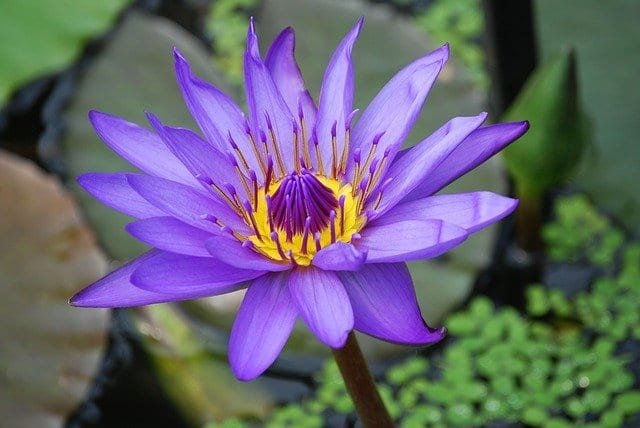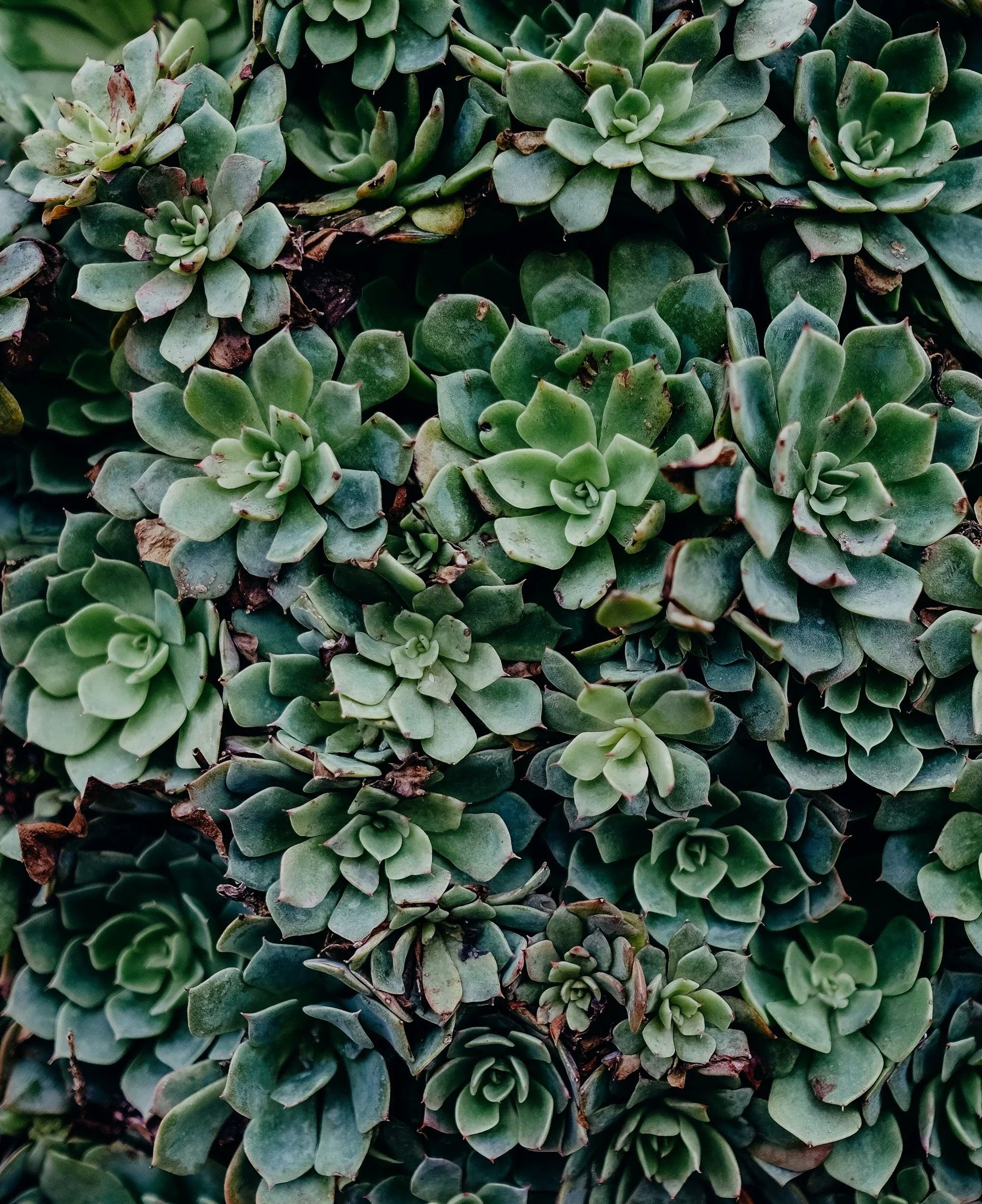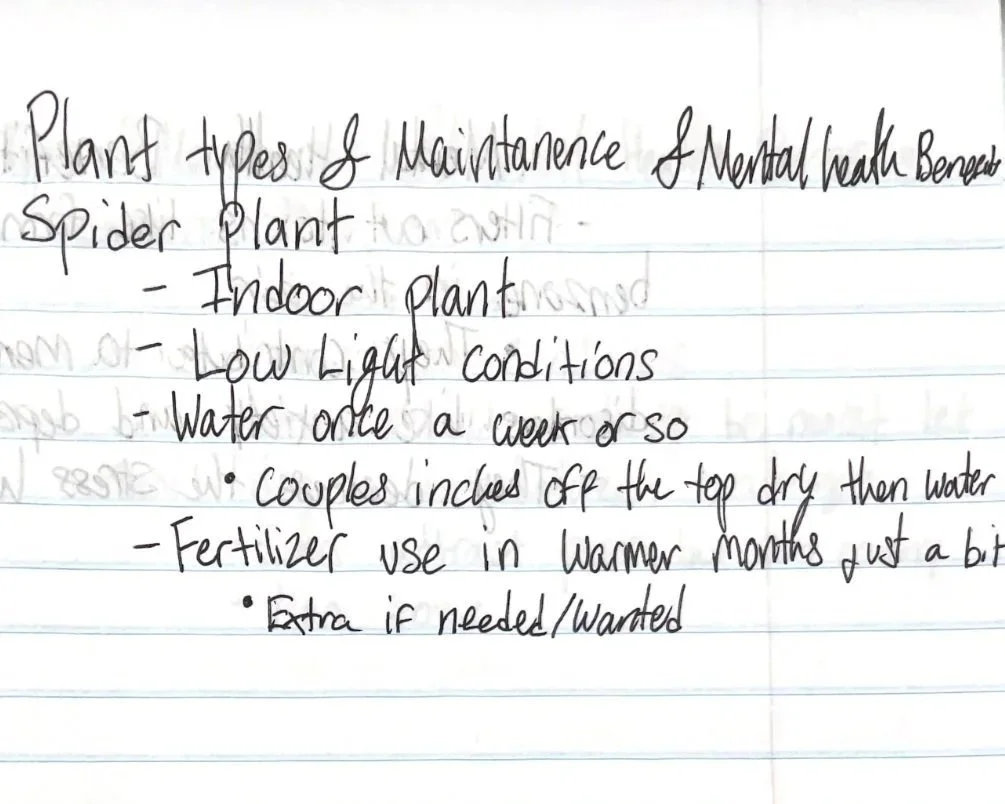
Brianna F.
WISRD Member

Journal 25-26
10/12-18/25
This week, my booth partner and I tested our Dark Matter Day experiment. I squeezed a lemon into a beaker, and we dipped a paintbrush into the juice. We then painted the lemon juice onto two different types of paper to test which paper would be most effective. We then allowed the paper to dry. After drying, we tried two different types of heat application. First, we used a flat iron and then a lighter to see which one was most effective. The flat iron and the watercolor paper were the most promising materials. Next week, we plan to run the experiment for Dark Matter Day.
This week, we began assembling the terrarium for a Gecko. Although the setup process went smoothly overall, there were a few errors during the construction of the terrarium that caused us to have to reconstruct certain areas, like the walls, because we had missed a step where we had to twist to screw in the rods holding the walls together. We spent the entire class period on this.. In addition to the work on the terrarium, I have begun preparations for Dark Matter Day, which includes creating a poster for my booth and collaborating with my partner on a plan to recreate an invisible ink experiment. The experiment requires a lemon, a cotton swab, and a heat source. The experiment works by extracting the juice from the lemon and using it as an ink substitute, then using the cotton swab to write on paper. After that, once the lemon juice is dried, heat is applied. The heat causes the lemon juice to oxidize and turn brown, revealing the hidden message on the paper. Next week, I plan to begin writing my first draft for my inquirer article.
9-10/28-4/25
9/21-27/25
This week, a lot of my energy was spent again on the terrarium. Earlier in the week, on Monday, I accompanied a WISRD member to visit the Gecko, who has been relocated to a middle school classroom, and lives in the terrarium we built. We fed the Gecko crickets and gave it some more water. The following day, Tuesday, we unpackaged materials to begin another terrarium. This package included glass sheets, rods, wire mesh, and glass doors. This terrarium would be a lot larger than the Gecko one because it would contain multiple dart frogs. We started cleaning the pieces this week. Every part needed to be wiped down, which took multiple class periods because of the number of pieces. Next week, we plan to start the assembly process of this terrarium.
9/14-20/25
This week, I researched potential Inquirer topics. I have always been interested in environmental science and climate change, and I chose a subject I knew I wanted to look into, which is Climate Change and Plants. A lot of the information on the topic was new to me, so I spent the majority of the week getting a better understanding of the topic. I researched the relationship plants had with Climate Change. One of the sources I used was by the Innovative Genomics Institute, where they wrote about how genome editing can help plants. With this in mind, I started investigating CRISPR and how CRISPR could potentially impact plants' resistance to the negative impacts of Climate Change. After significant research, I began writing my pitch. I found writing the pitch much easier this year because I researched before and planned better.
9/7-13/25
This week, I organized all the work I did last year because this is essential for me, as I will be continuing my project from last year, and my previous work will be a foundation for me to build on. I take a lot of notes, and it is one of my specialties, so I wanted to make sure I have my resources organized. For example, I created a Google Drive Folder to keep track of all my documents to make it easier to find my previous work. I made sure that the document containing all my sources was organized, and each source was organized by category: Plants, Plant Care, Plant Materials, Plant Benefits, and Cortisol. My next step in this process is to make sure that these sources are all properly cited because, currently, they are all URLs that are labeled with their subject matters.
8-9/31-6/25
This week, I collaborated with the same WISRD member on their project by making adjustments to the Terrarium. But first, I helped move the gecko into a temporary enclosure, the enclosure was made using the same materials that were in the Terrarium; the enclosure itself was originally where crickets were held for feeding. After the gecko was safely moved, we began our work. We worked on improving the misting system to mist the Terrarium more efficiently. To achieve this, we drilled holes in the wire mesh that enclosed the Terrarium. This was important to work on because the current wire mesh, where the water would make contact with was starting to rust. This took two class periods to complete because of the amount of patience needed to handle the gecko.
8/24-30/25
This week, I assisted another WISRD member with their project. Previously, last year, they built a Terrarium that I helped create, and we cleaned it this week. As part of the process, I gathered a few items like paper towels, a spray bottle, and a paint scraper for them while they cleaned. They made sure to clean the glass and refill the water for the Gecko that inhabited the Terrarium. They also added more food to the food bowl.
10/19-25/25
This week, there were a lot of Dark Matter Day preparations that took place for the event on Wednesday night. I had WISRD every day this week, so I had time to help others with their experiments as well as begin preparing for my own. One group was making nitrogen ice cream that I helped taste-test. Then I began to prepare for my booth, and I had to cut out a considerable number of squares. These squares were used by kids during the event to draw on. The event went smoothly, even though I had switched booths last minute because they needed additional help. The booth I ended up helping instead was pretty busy the entire night. The booth made buttons, and my job was to run to the printer to grab designs and to cut these designs into circles. This booth was a huge success, as a lot of kids were overjoyed to get buttons.
10-11/26-1/25
This week, I thought about what I wanted to do to advance my project. I plan to continue my work from last year in hopes of reaching my goal of making school a less stressful environment for everyone, and this project will most likely attempt to do that. To start this, I intend to narrow down a list of people who are either interested in my project or plants in general, who would like to be a part of my project. I will most likely start reaching out to these individuals next week.
11/2-8/25
This week, I began reaching out to some of the individuals who exhibited interest in my project. So far, I have contacted 2 out of the 3 people and plan to connect with the rest within the next few days. I shared with them the plan this year and when they expect to hear more information from me. The plan is to send an email stating expectations and additional information, like when I’ll be coming in and materials that will be used in their offices. Next week, I plan to run the test samples I collected last year to see how well this project works.
11/9-15/25
This week, I began running the test samples that I collected last year. To begin, I had to separate the gunk from the hormonal liquid within the saliva. This was done using a centrifuge that spun 40 times a second for 10 minutes. The centrifuge can hold 6 small tubes at a time. This process took about an hour and a half to process all the tubes. Next week, I plan to continue testing and get results.
11-12/30-6/25
This week,
11/16-22/25
This week, I finished up testing the tubes.

Poster Session 25-26
12 - 5 - 25
I
4 - 29 - 26
I

Journal 24-25
9 - 10 - 24
I have created a Research To-Do list and for the past few weeks, I have been researching plants and their effects on mental health. The plants I’ve researched so far are the Snake plant, Spider plant, and Bamboo Palm. One thing these plants share is that they filter out toxins in the air.
10 - 14 - 24
I have started creating the list of materials needed to continue this project. I have jotted down a few materials so far after doing further research. I have started to narrow down as to what type of materials work best depending on the plant.
9 - 23 - 24
This week I will do more in-depth research on the Snake plant, Spider plant, and Bamboo Palm using my Research To-Do list as a guide. I plan to gather more information on the maintenance of these plants and how they might survive in a classroom environment.
10 - 23 - 24
So far I have managed to write down all the materials needed for the Snake plant and only some of the materials for the Spider plant. Alongside the materials, I wrote down descriptions of the aspects of the materials that are important.
11 - 14 - 24
I have completed the list of materials needed to move forward with this project. I have each material and its specifics as well as the amounts needed per material. I have decided to start with 9 plants and I want to allow them to grow into a space versus getting them while they have already grown to their fullest.
1 - 23 - 25
This week I worked on my experimental design. I worked out how I would test cortisol levels and then determined some of the controlled spaces. This semester I plan to start testing this project and incorporating more plants inside educational spaces.
3- 17 - 25
This week I finalized a plan to begin testing. The plan is to start Monday after the break. I’ll begin with the controlled testing. This means that the first week will have no plants involved. This will give me time to pot the plants and ready them to be put into these places. In the second week, I will add the readied plants in the spaces and test cortisol levels. This will continue for at least two more weeks.
4- 10 - 25
This week, I began testing cortisol levels. My plants have also arrived, and I will be potting and adding those plants to the rooms on Monday.
4- 14 - 25
Today, I re-potted the six arrived plants: two snake plants, two Spider plants, and two bamboo palms. I then set up the plants in Tracy and Robin’s office. One of each plant was set up alongside a grow light, which I clipped onto their desks over the plants.
4- 28 - 25
This is my last week of collecting spit samples. After this week, I will get my results to see if plants affect cortisol levels, and if this is the evidence I need to push forward in including more plants around the school.

12- 3 - 24
For the past few weeks, I’ve been working on another project with a friend where we built a terrarium. The purpose of building the terrarium is to further test the effects of living spaces in an educational environment. Similar to the work I have researched and have planned for with plants.
12- 16 - 24
This week I was out for a little bit and missed several classes but Skylar had finished adding the dirt and micro isopods into the soil. She also added leaves. The next step is to add plants and let them settle for a month before putting the gecko into the terrarium.

Poster Session 24-25
12- 17 - 24
The poster session was a success. My most asked questions were how I plan to test the mental health benefits and how I plan to control the experiment. I responded that I plan to test the benefits by using saliva samples to test cortisol levels over time. Now, for controlling the experiment, I plan to use certain spaces, such as classrooms and offices, to test the cortisol levels of teachers and staff. The first week would be controlled, meaning no plants would be added to the spaces, and testing would be solely on the normal state of the spaces. Until week two.
4- 23 - 25
Poster session went smoothly. My biggest suggestion was to remake the experiment, but replace the real plants with fake ones to test further if fake plants also lower cortisol levels. I had thought about this previously, and a key component of the real plants is air filtration; without it, I am not sure that the experiment will run the same.
Statement of interest, Spring 2024: (from institute application): I am not quite sure yet, but I do know that I want to help make a more positive impact on the environment. Whether that be in the larger world or in a classroom.















